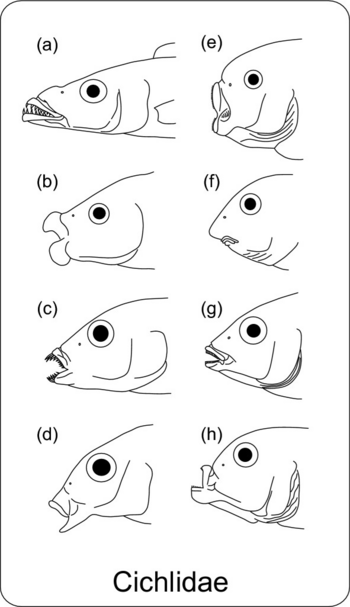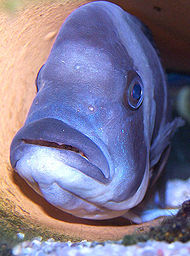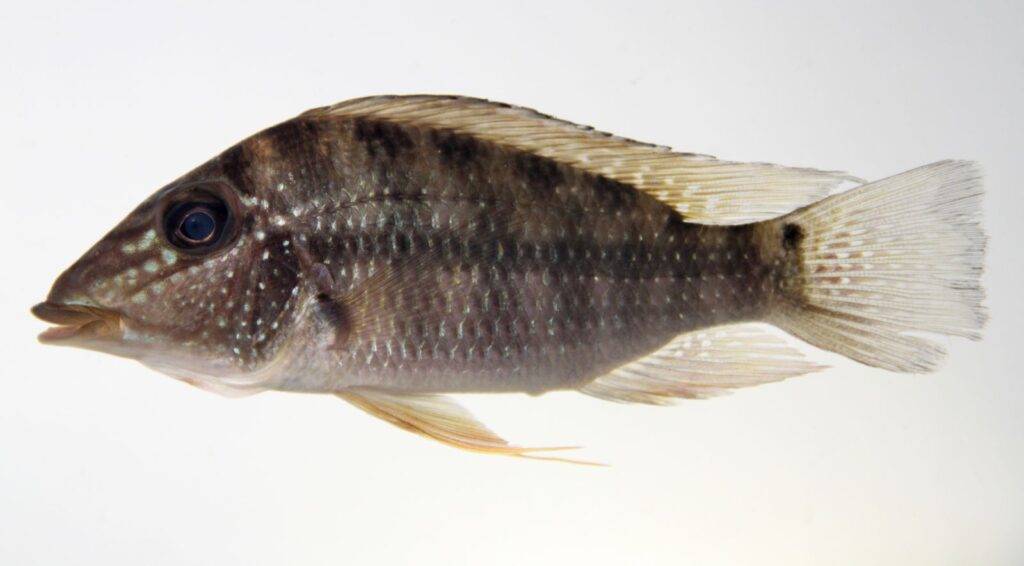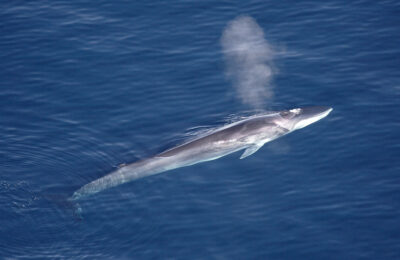Parenthood is an all-consuming task. How did some tropical fish evolve to take that sentiment literally?
Reference: Weller, H. I., López-Fernández, H., McMahan, C. D., & Brainerd, E. L. (2022). Relaxed Feeding Constraints Facilitate the Evolution of Mouthbrooding in Neotropical Cichlids. The American Naturalist, E000–E000. https://doi.org/10.1086/719235
Cover image: Drawing of cichlids. Image from Aquatic Life by Joseph Bauman, public domain.
Cichlids perfected the art of the multifunctional mouth. A large, diverse group of freshwater fish, cichlids are incredibly adaptable, found across habitats in Africa, Asia and tropical America. Their versatility is particularly evident in various structures of their mouths— from scale-eaters with mouths bent towards the side to the crushing jaws of snail-eaters, cichlid feeding strategies have resulted in an array of distinctive mouth shapes.

Image from Mabuchi et al. 2007, licensed under CC BY 2.0
An all-consuming task
Apart from developing unique feeding strategies, some cichlids also use their mouths for another critical function: reproduction. Parenthood is often described as all-consuming, but some cichlids take that sentiment quite literally, using their mouths as a nursery. Certain cichlids brood young inside their mouth, keeping fertilized eggs until they hatch. While this might sound inconvenient for the parents, mouthbrooding allows parents to protect their young from predators or environmental stresses such as fluctuating temperatures or

While many cichlids are mouthbrooders, not all cichlids take care of their young in the same way: some cichlids, for example, guard their nest of eggs, and still protect their babies successfully. Mouthbrooding cichlids thus posed a curious evolutionary question— why did these cichlids specifically evolve as mouthbrooders?
A winn(ow)ing strategy
Mouth-brooding appears to be incompatible with feeding at first glance. After all, the point of feeding is to ingest food, whereas the success of mouthbrooding depends on not ingesting young. However, researchers postulated that specific feeding strategies might be well-suited to mouthbrooding. In particular, they focused on “winnowing” cichlids, those that use their mouths to sift through sediment to find food.

Winnowers do not swallow every single particle indiscriminately — they need to actively filter food from sediment. Importantly, the ability to finely control what is or isn’t ingested would be beneficial in mouthbrooding, preventing eggs from accidentally and unfortunately being eaten. Therefore, an effective winnowing cichlid might be an effective mouth-brooder as well.
Following an oral history
To support this evolutionary transition, researchers analyzed the prevalence of both winnowing cichlids and mouth-brooding cichlids, and compared mouth shapes across different cichlids. Across all types of cichlids studied, mouthbrooding was much more likely to emerge from winnowing cichlids than non-winnowing ones. The mouth shapes of both winnowing and mouth-brooding cichlids were also similar, as they were larger and more curved than the mouths of cichlids that did not have either trait. This mouth shape might allow cichlids to manipulate fluid flow more easily, which in turn would give them greater control over the movement of particles in their mouths, whether they be food, sediment, or eggs—making it mutually beneficial for both feeding and brooding.
The researchers also suggested that mouth-brooding was co-opted from winnowing, and not the other way around. In cichlids that were both winnowers and mouth-brooders, mouth-brooding was consistently developed after winnowing. When comparing mouth shapes across cichlids, winnowing cichlids had the most similar mouth shapes regardless of brooding style, followed by mouth-brooding and winnowing cichlids— suggesting that the mouth shape of mouthbrooding fish was adapted from those of winnowing fish. Instead of burdening the mouth with additional functions, the evolution of mouthbrooding is reframed as opportunistic: emerging where existing mouth shape would be advantageous, and negative impacts to the existing function (feeding) likely minimal.
Better under pressure
Multiple functions of a single body part are often viewed as balancing and compromising between complex functions. For example, the shape of bird beaks is determined by a careful balance of different survival needs, from foraging to producing birdsong. But evolving new functions for one part of the body doesn’t always need to be viewed as a compromise. The history of cichlid mouths illustrates its potential expediency as well—sometimes it’s best not to look an evolutionary opportunity in the mouth.
I’m a Ph.D. candidate in Biology at Caltech. I study animal regeneration across phylogeny— my interests include the evolution and development of weird animals and obscure science history.



